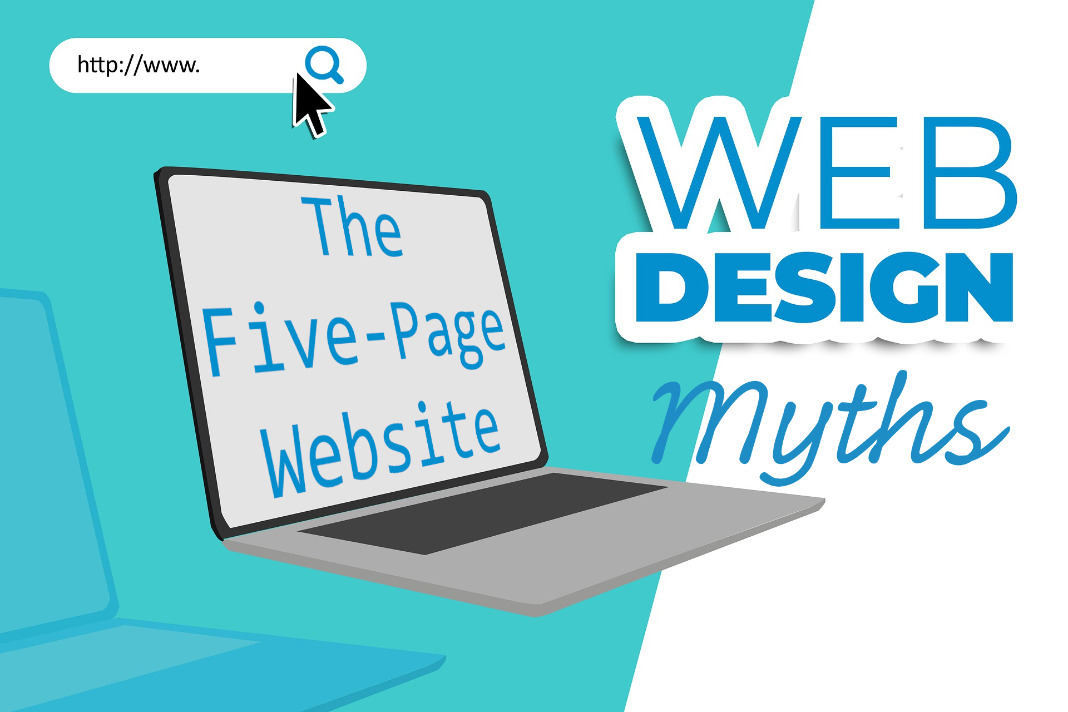The Five-Page Website Myth

(Warning, badly phrased movie quotes ahead.)
Let’s be real. I’ve sat in a client meeting before where the first half of the meeting was the client railing at us in long run-on sentences for trying to rip him off by charging x for a one-page website and how completely unprofessional that was and how no business had a one-page website and and and and.
By the time we got him calmed down and explained the design options in terms that made since to him, his business partner (who understood the tech side) had retreated to the corner of his office, questioning his decision to throw his lot in with angry client #1.
So why did that all happen? As with many things tech, terminology was biting both sides of the conversation.
Our CEO had been in web design long enough she couldn’t disconnect from the jargon to explain what a one-page website was in layman’s terms, and angry client #1 made assumptions rather than admitting he didn’t know.
Quick Definition
A web page is a stand-alone document on your website. A section is a defined area on a webpage, sometimes called a block, with its own styling and layout to contain specific information sets. For example, this article would be a web page, but this callout definition would be a section.
At one point, a five-page website was the closest thing we had to a standard. Usually, those pages are a home page, about us, contact, legal notices/disclaimers, and your product information/store page. However, mobile browsing changed all of that.
The truth of it is you don’t have to have a multi-page website. The idea of having to have a five-page site is a myth. You can cover everything you need to in one page. That’s why DIY website builders often offer a free website with only one page, or the entry-level plan might cap pages. You can get everything done on one page much of the time.
Difficulties navigating on mobile devices gave rise to websites without separate pages, where all information was accessed easily if you “just keep scrolling” (to badly paraphrase Dory’s life philosophy). Instead of stand-alone pages that could only be accessed through navigation menus or links, the information lived in sections on a single long page.
While there are dangers in keeping people scrolling too long, you can still use navigation to jump to specific sections, so the first impression is still a multiple-page website. It’s more of a matter of organization than function.
That said, some functions work better with multiple pages, even if they aren’t necessarily in the navigation menu. Blogging and e-commerce, for example.
So, don’t judge quotes and website builder plans by page limits alone. The five-page website is more what you’d call a guideline than a rule (to badly paraphrase Barbossa). When looking for the best website builder or getting quotes from professional developers, look for a match to your needs rather than thinking you have to do things a certain way just because your cousin who plays with web design told you it was “always done” a certain way.
And if your “web guy” is talking jargon, tell them to backup and translate it into plain English. You’re the customer and deserve to be talked to in terminology that is comfortable for you.
Post a comment